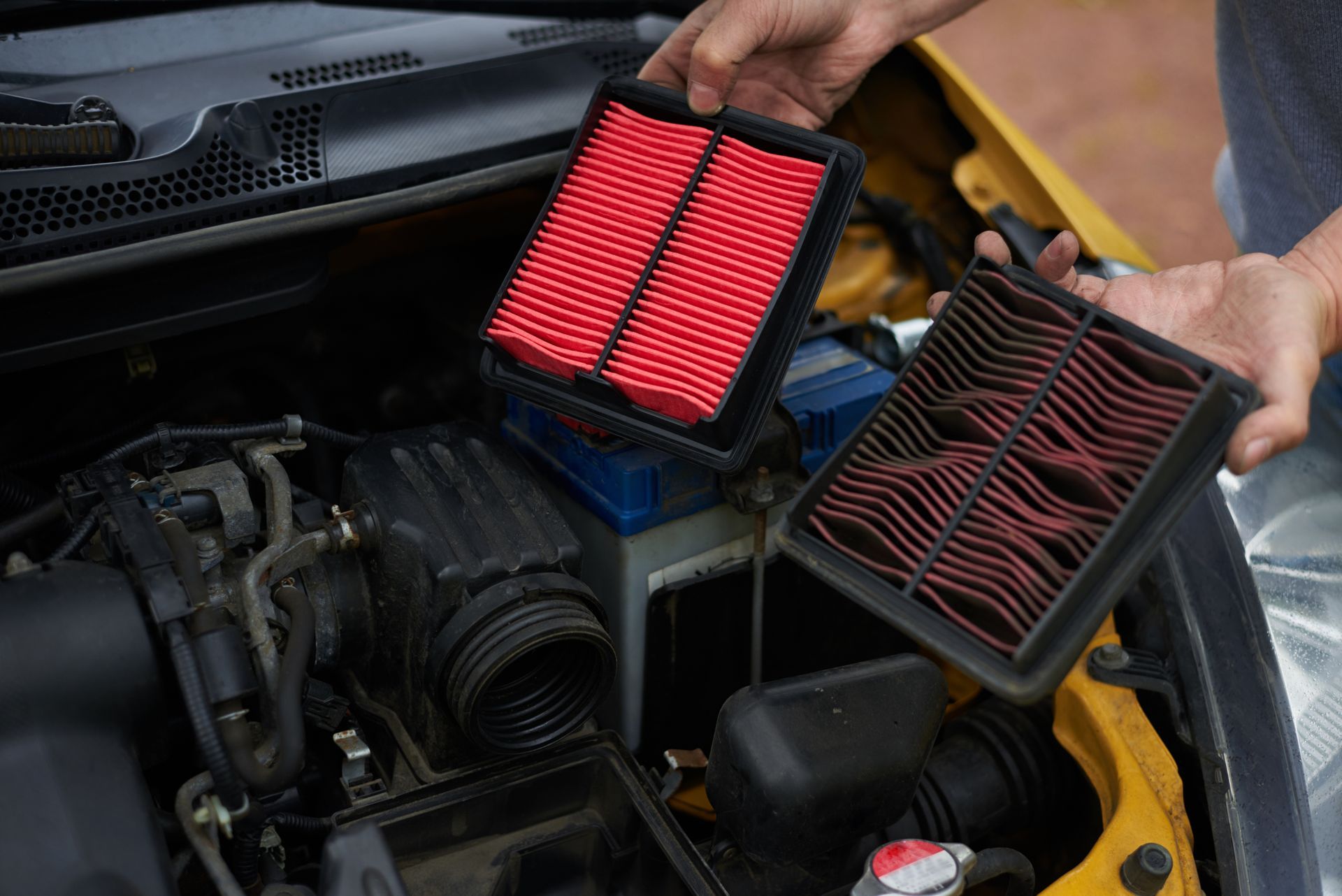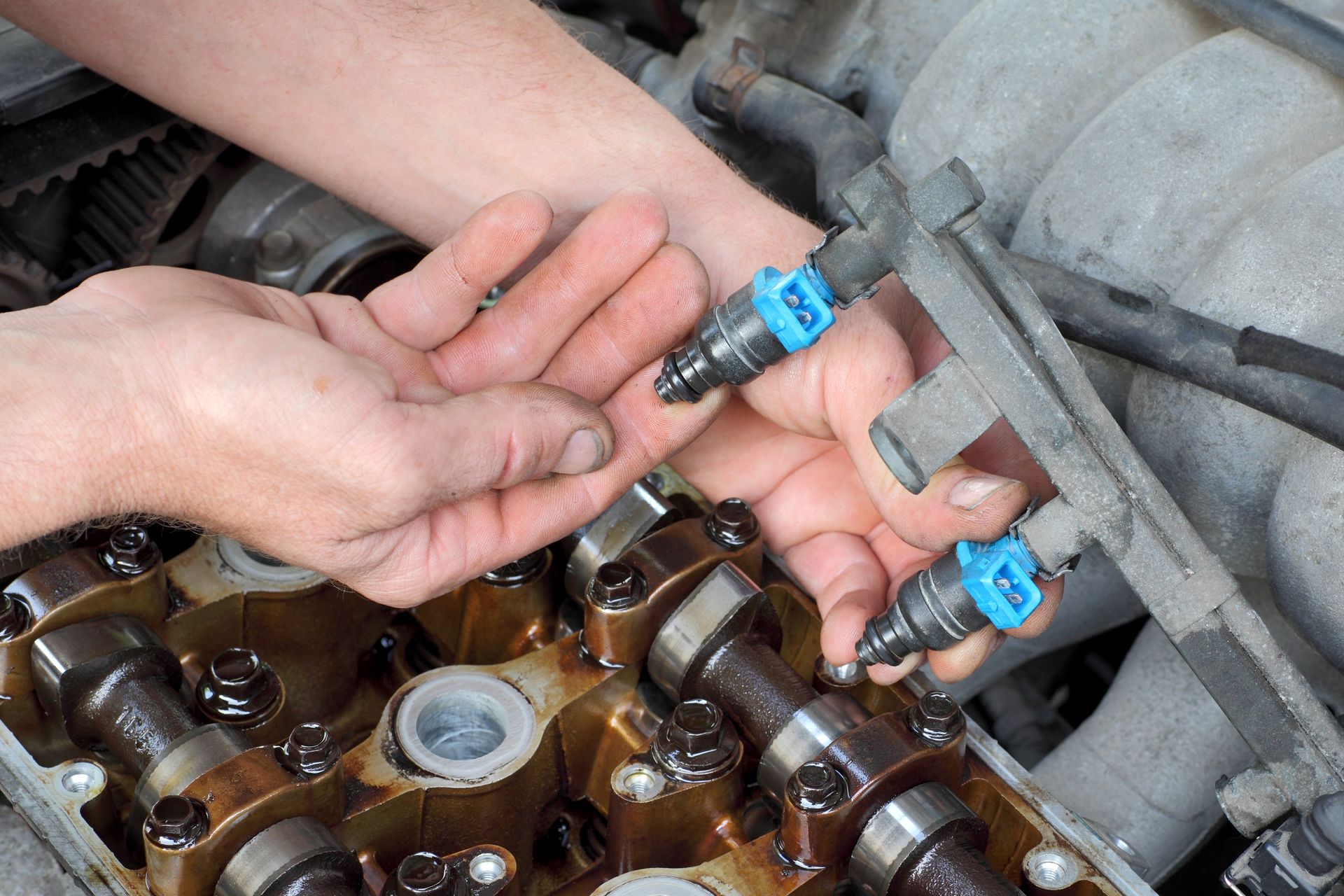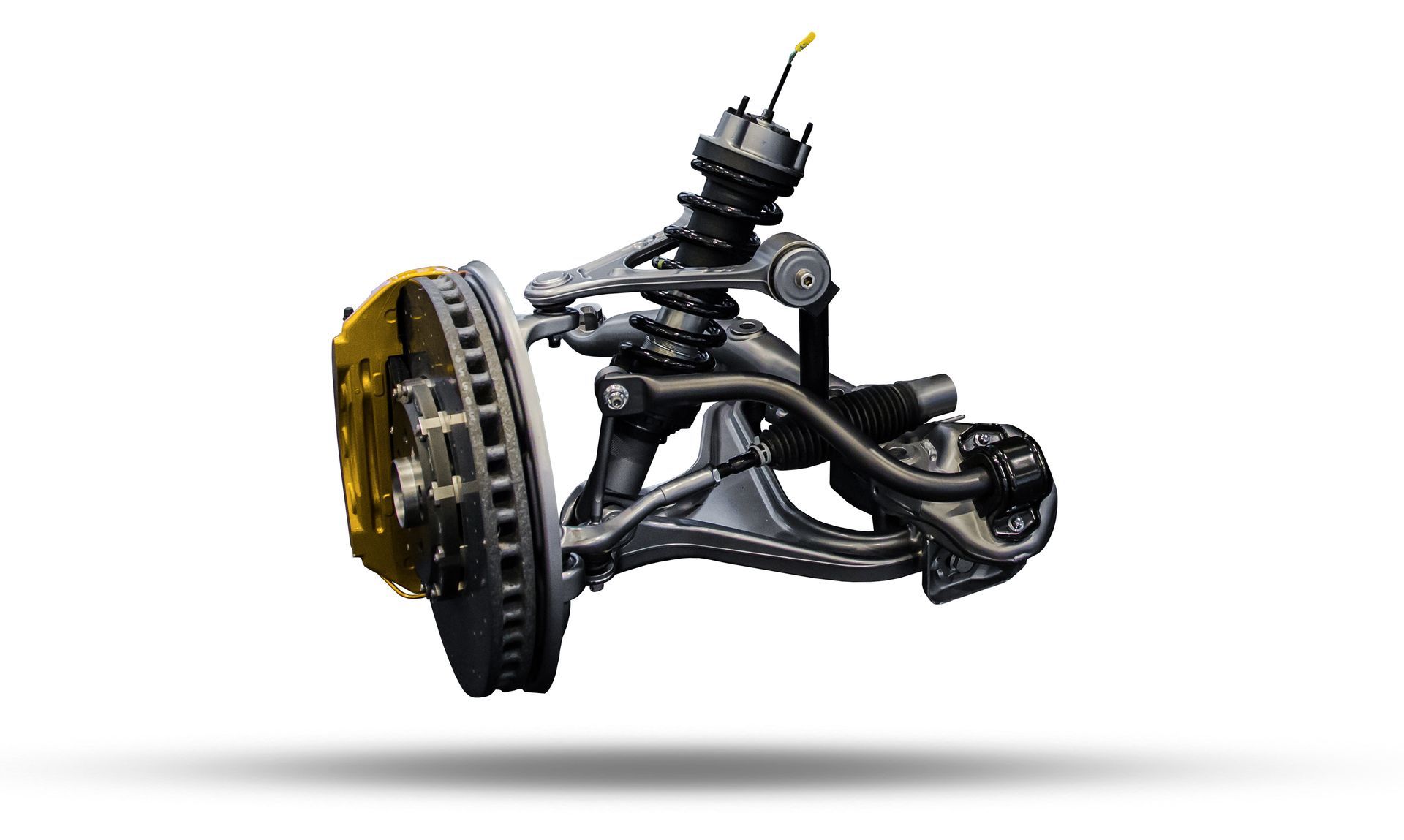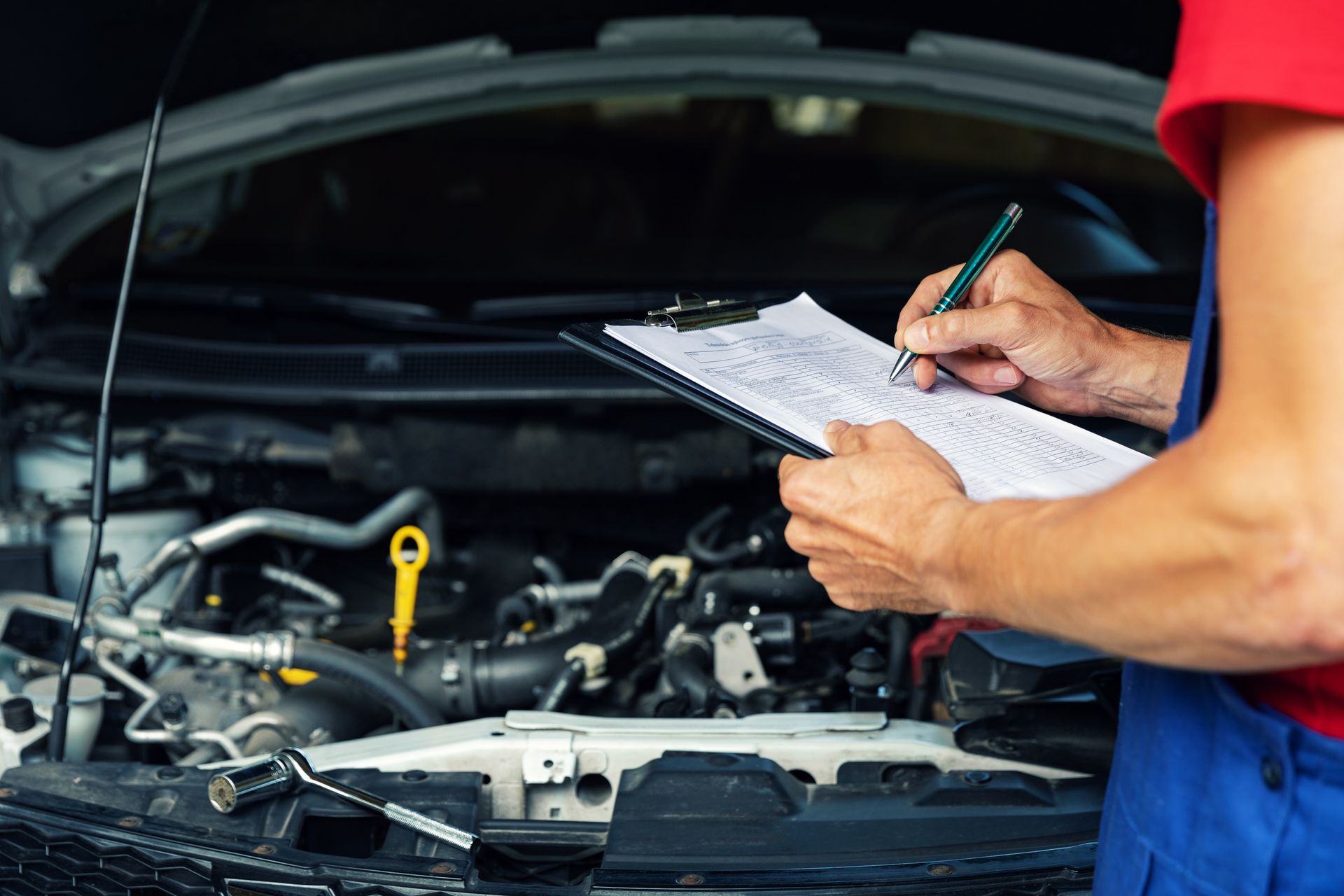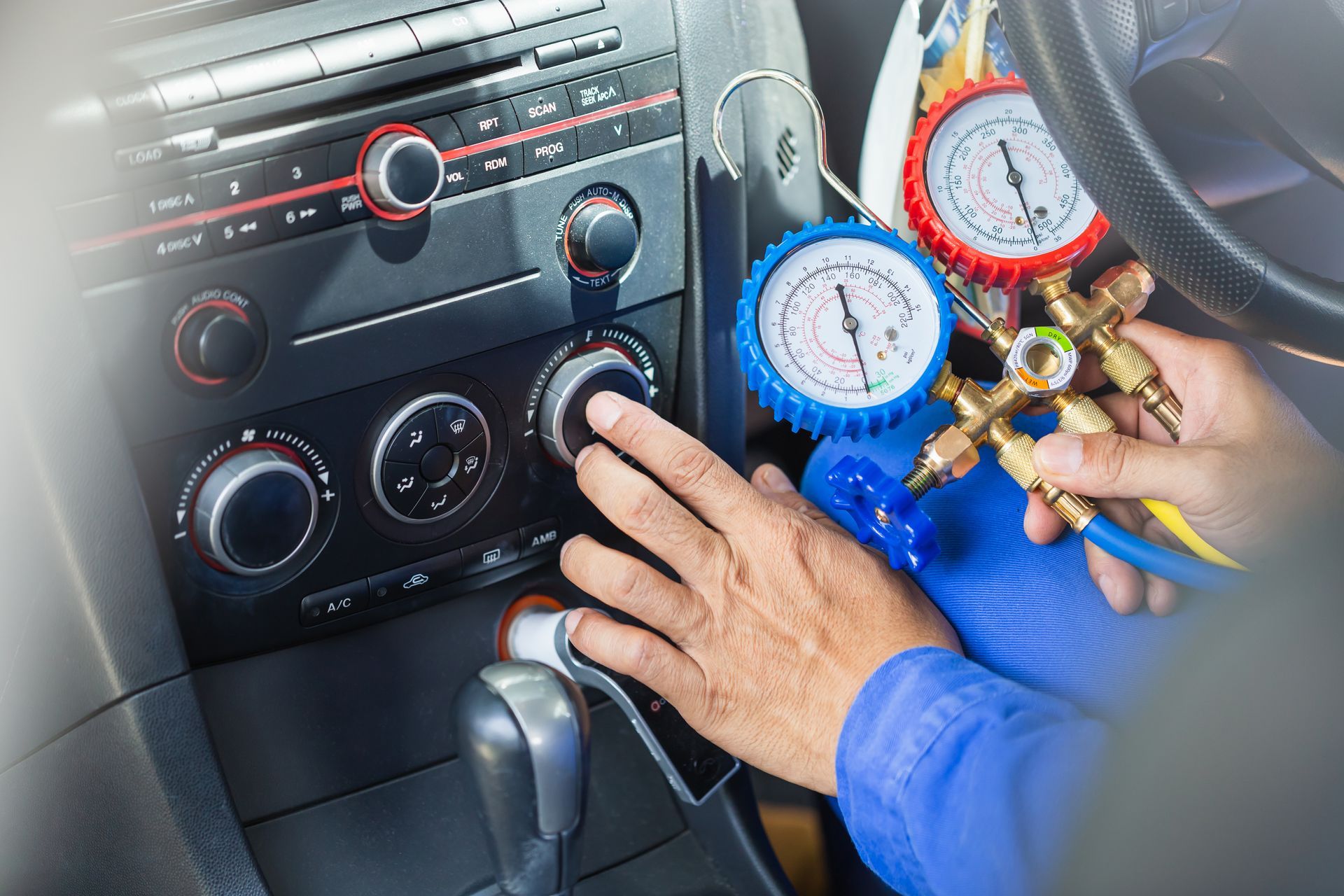Loading ...
Missing business hours data / Error occurred while getting the data.
Loading ...
Missing business hours data / Error occurred while getting the data.
Loading ...
Missing business hours data / Error occurred while getting the data.
Loading ...
Missing business hours data / Error occurred while getting the data.
What Special Maintenance Do 4WD and AWD Vehicles Need?
November 29, 2024
Four-wheel drive (4WD) and all-wheel drive (AWD) systems are incredible features, especially if you love tackling rough terrain or need extra grip during harsh weather conditions. These systems give you enhanced control and stability, but they also come with unique maintenance requirements. If you own a vehicle equipped with 4WD or AWD, keeping it in top condition means knowing what makes these systems tick.
4WD and AWD
Let’s clarify what sets these systems apart. Both are designed to deliver power to all four wheels, but they function a bit differently.
4WD systems, often found in trucks and off-road vehicles, are typically more rugged. They’re ideal for extreme conditions like deep mud, snow, or rocky trails. Most 4WD systems allow drivers to switch between two-wheel drive and four-wheel drive modes, offering flexibility based on driving conditions.
AWD systems, on the other hand, are usually found in sedans, SUVs, and crossovers. These systems operate automatically, distributing power between the front and rear wheels as needed for better traction on slippery roads or uneven terrain.
While both systems offer significant advantages, they involve more moving parts, which means more opportunities for wear and tear.
Pay Attention to Your Differential and Transfer Case
One of the most critical components in 4WD and AWD vehicles is the differential. This part allows your wheels to spin at different speeds, which is especially important when turning corners. Depending on your vehicle, you might have one, two, or even three differentials.
In addition, 4WD vehicles have a transfer case that splits power between the front and rear axles. Over time, these components can suffer from wear, especially if you frequently switch between drive modes or engage in off-road driving.
To keep them in great shape, check the differential and transfer case fluids regularly. Dirty or low fluid levels can cause serious damage, leading to costly repairs. Manufacturers often recommend changing these fluids every 30,000 to 60,000 miles, but consult your owner’s manual for specific intervals.
Keep an Eye on Your Tires
Tires are essential for any vehicle, but they’re even more crucial for 4WD and AWD systems. Uneven tire wear can throw off the balance of power distribution, putting extra strain on your drivetrain. This is because these systems rely on precise measurements to operate correctly.
Regular tire rotations are a must—typically every 5,000 to 7,500 miles. This ensures even wear and prolongs the life of your tires. Don’t forget to check your tire pressure often. Proper inflation helps maintain even contact with the road, improving handling and reducing stress on your drivetrain.
Inspect the Drivetrain Components
Your 4WD or AWD system relies on several interconnected components, including driveshafts, U-joints, and CV joints. These parts transfer power from the engine to the wheels and can wear out over time, especially if you frequently drive in challenging conditions.
Look for signs of trouble, such as unusual noises, vibrations, or difficulty engaging 4WD. Regular inspections by a trusted repair shop can catch small issues before they become big problems.
The Importance of Regular Alignment Checks
Misaligned wheels can wreak havoc on 4WD and AWD systems. Poor alignment not only causes uneven tire wear but also makes your drivetrain work harder, leading to potential damage. Hitting potholes, curbs, or off-road obstacles can easily throw your alignment out of whack.
If your steering feels off-center or you notice your car pulling to one side, it’s time for an alignment check. Regular alignments help protect both your tires and your drivetrain, ensuring your vehicle performs as intended.
Don’t Overlook Brake and Suspension Maintenance
Your brakes and suspension take on extra work in 4WD and AWD vehicles, especially during off-road adventures or heavy towing. Make it a habit to check your brake pads, rotors, and suspension components regularly.
Worn-out parts in these systems can compromise your vehicle’s ability to handle rough terrain and reduce overall safety. Keep an eye out for squeaking brakes or a bouncy ride—both are clear signs that maintenance is overdue.
Follow Your Manufacturer’s Maintenance Schedule
Ultimately, the best way to care for your 4WD or AWD vehicle is to stick to the maintenance schedule outlined in your owner’s manual. This guide provides specific recommendations based on your vehicle’s make and model, ensuring you don’t miss critical service intervals.
From fluid changes to system inspections, following these guidelines can save you from expensive repairs down the road. If you’re unsure about what services your vehicle needs, a trusted repair shop can help you navigate the schedule.
Stay ahead of costly repairs with proactive care from
Custom Performance Center Auto Repair & Towing. From fluid checks to drivetrain inspections, we’ve got you covered. Contact us today!
Call Us
Loading ...
Missing business hours data / Error occurred while getting the data.
Our Location
Loading ...
Missing nap lines data / Error occured while getting the data.


